-
 Bitcoin
Bitcoin $116700
0.24% -
 Ethereum
Ethereum $3973
4.34% -
 XRP
XRP $3.283
7.68% -
 Tether USDt
Tether USDt $1.000
0.01% -
 BNB
BNB $789.8
2.27% -
 Solana
Solana $176.2
3.31% -
 USDC
USDC $0.9999
0.00% -
 Dogecoin
Dogecoin $0.2238
5.14% -
 TRON
TRON $0.3389
-0.51% -
 Cardano
Cardano $0.7907
4.03% -
 Stellar
Stellar $0.4527
10.02% -
 Hyperliquid
Hyperliquid $41.07
4.27% -
 Sui
Sui $3.794
1.77% -
 Chainlink
Chainlink $19.49
10.40% -
 Bitcoin Cash
Bitcoin Cash $580.9
0.74% -
 Hedera
Hedera $0.2617
4.32% -
 Avalanche
Avalanche $23.41
3.67% -
 Ethena USDe
Ethena USDe $1.001
-0.03% -
 Litecoin
Litecoin $122.4
1.38% -
 Toncoin
Toncoin $3.364
1.49% -
 UNUS SED LEO
UNUS SED LEO $8.988
0.37% -
 Shiba Inu
Shiba Inu $0.00001295
2.82% -
 Uniswap
Uniswap $10.62
5.75% -
 Polkadot
Polkadot $3.922
4.46% -
 Dai
Dai $1.000
0.01% -
 Bitget Token
Bitget Token $4.494
2.15% -
 Monero
Monero $268.0
-1.30% -
 Cronos
Cronos $0.1523
3.68% -
 Pepe
Pepe $0.00001127
4.43% -
 Aave
Aave $285.4
4.85%
How to set stop loss and take profit on Gate.io?
Gate.io's stop-loss and take-profit orders automate risk management and profit securing in crypto trading. Users set trigger prices and choose market or limit order types, considering market volatility and personal risk tolerance for optimal results.
Mar 16, 2025 at 03:45 pm
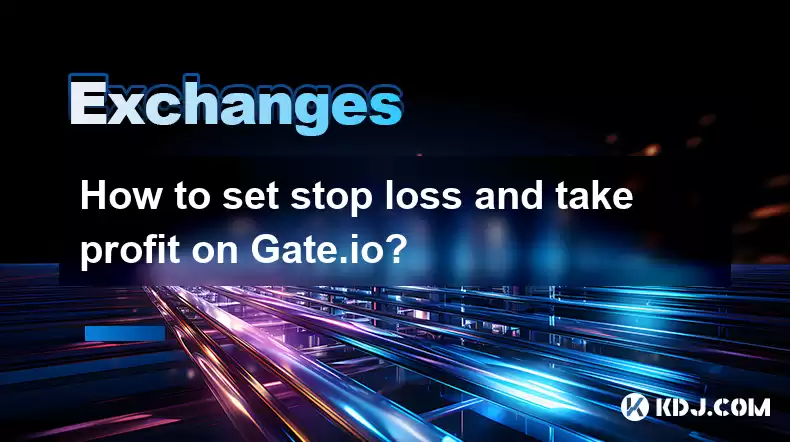
Key Points:
- Gate.io offers stop-loss and take-profit orders to manage risk and secure profits in cryptocurrency trading.
- These orders are crucial for mitigating potential losses and capitalizing on market movements.
- Setting up these orders involves understanding their functionalities and correctly inputting parameters within the Gate.io platform.
- Different order types (limit, market) are available with stop-loss and take-profit functionalities.
- It's essential to consider market volatility and personal risk tolerance when configuring these orders.
How to Set Stop-Loss and Take-Profit on Gate.io?
Gate.io, a prominent cryptocurrency exchange, provides tools to manage risk effectively. Stop-loss and take-profit orders are vital components of a robust trading strategy, allowing traders to automate their risk management and profit-taking processes. Let's explore how to set these up on the platform.
Understanding Stop-Loss Orders:
A stop-loss order automatically sells your cryptocurrency when the price drops to a predetermined level. This minimizes potential losses if the market turns against your position. It's a crucial tool for protecting your investment. On Gate.io, you'll need to specify the price trigger and the type of order (market or limit) that will execute after the trigger price is reached.
Setting a Stop-Loss Order on Gate.io:
- Navigate to your trading interface on Gate.io.
- Select the cryptocurrency pair you're trading.
- Place a buy or sell order as usual. Many trading interfaces will allow you to add a stop-loss directly to this initial order.
- Look for the "Stop-loss" or similar option. The exact location may vary depending on the interface's design.
- Enter the stop-loss price – the price at which your order will trigger. This is the price at which your asset will be sold to prevent further losses.
- Choose the order type: Market orders execute immediately at the current market price once triggered, while limit orders will execute only when a buyer is found at your specified price or better.
Understanding Take-Profit Orders:
A take-profit order automatically sells your cryptocurrency when the price rises to a predetermined level, securing your profits. This helps you lock in gains and avoid potential price reversals. Similar to stop-loss orders, careful planning is vital for effective use.
Setting a Take-Profit Order on Gate.io:
- Access your trading interface on Gate.io.
- Choose the cryptocurrency pair you are trading.
- Place a buy or sell order, and look for the "Take-profit" or equivalent option within the order placement section.
- Input the take-profit price – the price at which your order will trigger, selling your assets and securing your profits.
- Select the order type: Market or limit, similar to stop-loss orders. A market order will sell at the current market price, while a limit order requires a buyer at your specified price or better.
Using Stop-Loss and Take-Profit Together:
Many traders use both stop-loss and take-profit orders simultaneously. This strategy allows for automated risk management and profit securing. You define both the acceptable loss and the desired profit levels before entering a trade. This combination offers a more comprehensive approach to trading. Gate.io allows you to set both concurrently.
Stop-Limit Orders on Gate.io:
A stop-limit order combines the features of a stop-loss and a limit order. When the stop price is triggered, a limit order is placed at your specified limit price. This helps mitigate slippage, the difference between the expected price and the actual execution price. This order type offers more control but requires a deeper understanding of market dynamics. It's important to consider the potential for your limit order not being filled if the market moves quickly.
Advanced Techniques and Considerations:
Traders often adjust their stop-loss and take-profit levels based on market volatility and their risk tolerance. Trailing stop-loss orders automatically adjust the stop-loss price as the asset price moves in your favor, protecting profits while allowing for greater price appreciation. These advanced features require a greater understanding of technical analysis and market behavior. Always remember to carefully consider your risk tolerance before implementing such strategies. Thorough research and practice on a demo account are strongly recommended before using real funds.
Common Questions:
Q: What happens if my stop-loss or take-profit order doesn't fill?
A: If a limit order isn't filled (due to lack of buyers/sellers at your specified price), your order remains pending until it's filled or canceled. A market order, however, is designed to execute at the next available market price, though slippage is still possible.
Q: Can I modify or cancel my stop-loss and take-profit orders after placing them?
A: Yes, Gate.io generally allows modification and cancellation of pending orders, including stop-loss and take-profit orders, before they are triggered. Check the platform for specific instructions on how to manage your orders.
Q: Are there fees associated with using stop-loss and take-profit orders on Gate.io?
A: Yes, standard trading fees apply to the execution of stop-loss and take-profit orders on Gate.io, just as with any other order type. These fees are usually a small percentage of the transaction value. Review Gate.io's fee schedule for specifics.
Q: What is the difference between a market order and a limit order in the context of stop-loss and take-profit?
A: A market order executes immediately at the best available price, while a limit order executes only when a buyer or seller is found at your specified price or better. Market orders guarantee execution but may result in slippage, whereas limit orders offer price certainty but may not execute if the market doesn't reach your specified price.
Disclaimer:info@kdj.com
The information provided is not trading advice. kdj.com does not assume any responsibility for any investments made based on the information provided in this article. Cryptocurrencies are highly volatile and it is highly recommended that you invest with caution after thorough research!
If you believe that the content used on this website infringes your copyright, please contact us immediately (info@kdj.com) and we will delete it promptly.
- Punisher Coin: The Altcoin Ready to Punish Your Portfolio with Gains?
- 2025-08-08 22:50:16
- Mutuum Finance, Bitcoin Whales, and Binance: Decoding the Crypto Currents
- 2025-08-08 22:30:11
- Bitcoin, Crypto Market, Volatility: Riding the Rollercoaster in NYC Style
- 2025-08-08 22:50:16
- HTX Copy Trading Extravaganza: Rewards and Opportunities for Traders
- 2025-08-08 23:30:12
- SPX6900 Pumps & TOKEN6900 Presale: Month Growth Mania!
- 2025-08-08 23:30:12
- Dogwifhat, Beanie, and $800,000: A Meme Worth Millions?
- 2025-08-08 23:35:12
Related knowledge
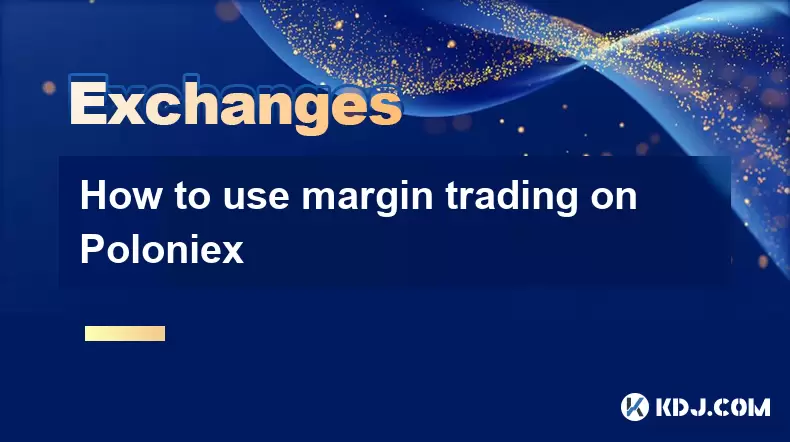
How to use margin trading on Poloniex
Aug 08,2025 at 09:50am
Understanding Margin Trading on Poloniex
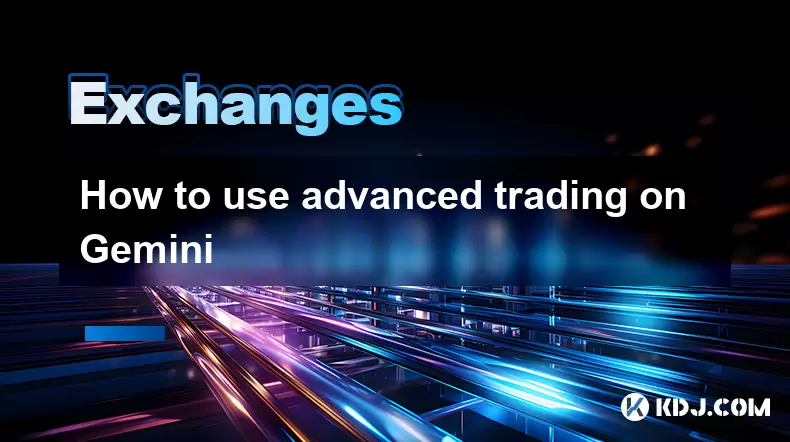
How to use advanced trading on Gemini
Aug 08,2025 at 04:07am
Understanding Advanced Trading on GeminiAdvanced trading on Gemini refers to a suite of tools and order types designed for experienced traders who wan...

How to use advanced trading on Gemini
Aug 08,2025 at 10:56pm
Understanding Advanced Trading on GeminiAdvanced trading on Gemini refers to the suite of tools and order types available on the Gemini ActiveTrader p...
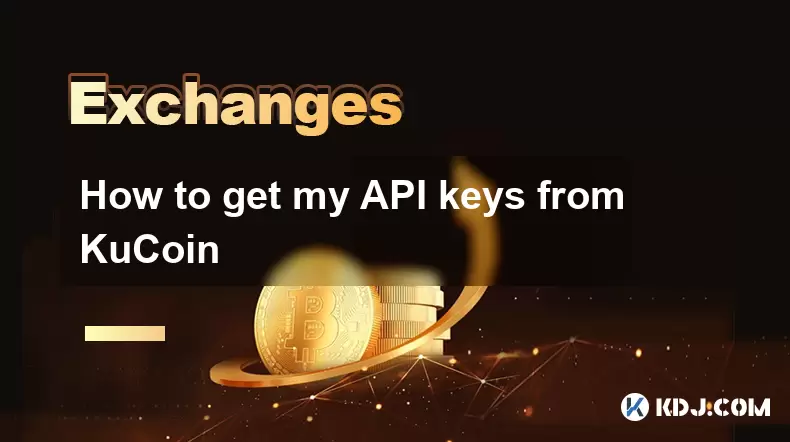
How to get my API keys from KuCoin
Aug 08,2025 at 06:50pm
Understanding API Keys on KuCoinAPI keys are essential tools for users who want to interact with KuCoin's trading platform programmatically. These key...
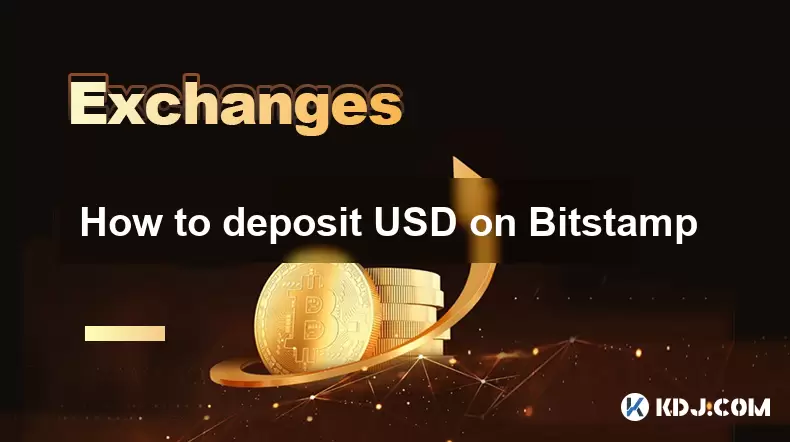
How to deposit USD on Bitstamp
Aug 07,2025 at 05:18pm
Understanding Bitstamp and USD DepositsBitstamp is one of the longest-standing cryptocurrency exchanges in the industry, offering users the ability to...
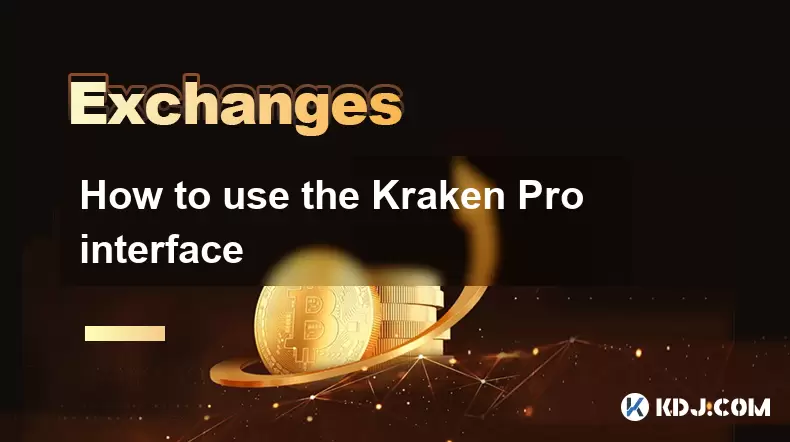
How to use the Kraken Pro interface
Aug 08,2025 at 09:57am
Understanding the Kraken Pro Interface LayoutThe Kraken Pro interface is designed for both novice and experienced traders seeking a streamlined experi...

How to use margin trading on Poloniex
Aug 08,2025 at 09:50am
Understanding Margin Trading on Poloniex

How to use advanced trading on Gemini
Aug 08,2025 at 04:07am
Understanding Advanced Trading on GeminiAdvanced trading on Gemini refers to a suite of tools and order types designed for experienced traders who wan...

How to use advanced trading on Gemini
Aug 08,2025 at 10:56pm
Understanding Advanced Trading on GeminiAdvanced trading on Gemini refers to the suite of tools and order types available on the Gemini ActiveTrader p...

How to get my API keys from KuCoin
Aug 08,2025 at 06:50pm
Understanding API Keys on KuCoinAPI keys are essential tools for users who want to interact with KuCoin's trading platform programmatically. These key...

How to deposit USD on Bitstamp
Aug 07,2025 at 05:18pm
Understanding Bitstamp and USD DepositsBitstamp is one of the longest-standing cryptocurrency exchanges in the industry, offering users the ability to...

How to use the Kraken Pro interface
Aug 08,2025 at 09:57am
Understanding the Kraken Pro Interface LayoutThe Kraken Pro interface is designed for both novice and experienced traders seeking a streamlined experi...
See all articles

























































































